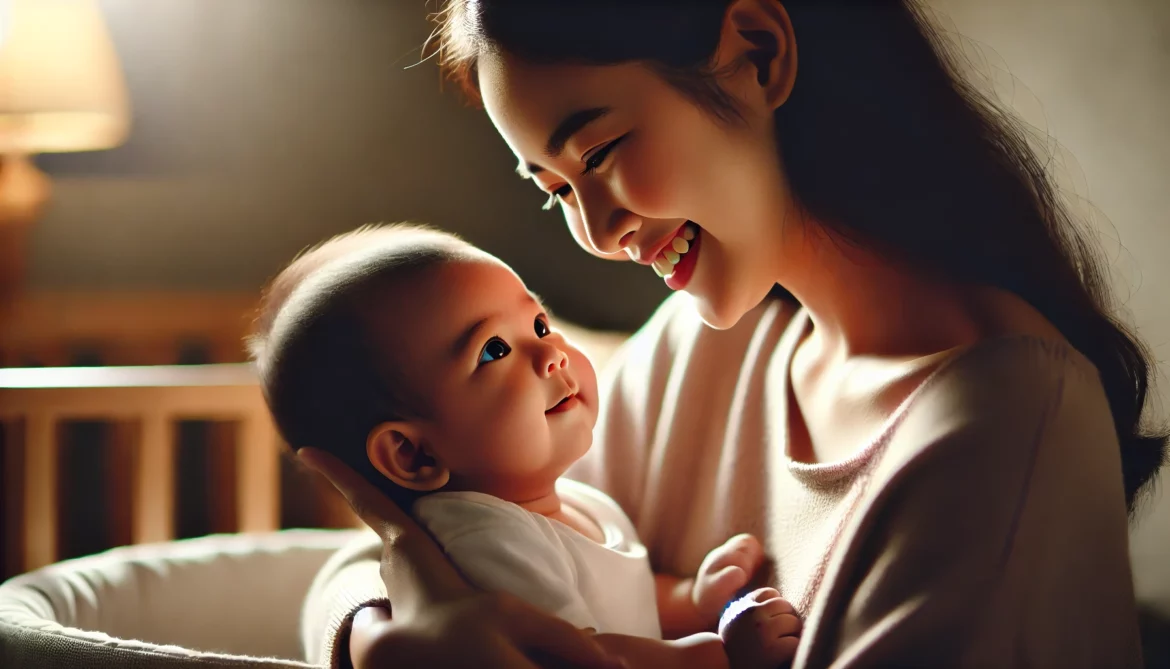Every parent eagerly watches their baby’s milestones, waiting for that first smile, coo, or the moment the baby reaches out for them. But sometimes, those expected milestones may be delayed or seem different. If you’ve ever wondered if your baby is experiencing normal growth or certain behaviors are not typical, you’re not alone. What are the most common early signs of autism in babies and toddlers?
If you know what to look for, you can recognize subtle early signs of autism. According to the Centers for Disease Control and Prevention (CDC), most parents notice some signs within the first 12 months, which is vital for timely interventions to help their child’s development. This article explores what autism is, early signs to watch for, and steps to take if you think your baby has autism.
What is autism?
Autism Spectrum Disorder (ASD) is a complex developmental and neurological condition that impacts how people communicate, interact, and perceive the world around them. It is a “spectrum” meaning that autistic individuals have a broad range of abilities and challenges. Some autistic people need significant assistance throughout their lives, while others lead independent lives with minimal support.
Researchers don’t know the exact causes of autism, but they believe it’s a combination of genetics and environmental factors. Also, Asperger’s syndrome, which was once considered a separate diagnosis, is now classified under Autism Spectrum Disorder (ASD). It now represents a milder form with challenges in social interaction and communication but without significant language or cognitive delays.

Eight signs of autism in babies
1. Limited eye contact
From an early age, children use eye contact to build social relationships and glean information from their surroundings. Most babies can locate faces and make eye contact skillfully when they are two months old. However, researchers have found that babies with ASD may struggle to make eye contact or may not follow moving objects with their eyes between 0 and 3 months. They may also have poor facial recognition, limited facial expression, and sensitivity to loud noises.
2. Lack of pointing and gesturing
Gestures like pointing, waving, and reaching for things appear before babies can even speak. Generally, autistic children gesture and point less than their non-autistic counterparts. Besides gesturing and pointing to things, most “normal” children can immediately look in the direction a parent is pointing at 12 months. This is called joint attention, and after looking at the thing the parent is pointing at, the baby usually looks back at the parent and mimics their expression. However, you may see less joint attention in autistic kids.
3. Lack of social smiles and expressions
By around 6 to 9 months, most babies smile back when someone smiles at them. Facial expressions are usually a nonverbal way to show emotions, but autistic babies rarely respond to smiles or people’s facial expressions. Remember, this doesn’t necessarily mean that autistic individuals feel less emotions, just that they have a hard time showing emotions on their faces.
4. Delayed or absent babbling
Babies usually start cooing and babbling at around 4 to 6 months. A baby with autism spectrum disorder may show a delay in babbling, have limited vocalizations, and fail to show a back-and-forth “conversation” with caregivers.
5. Lack of response to their names
By 6 to 12 months, most infants turn their heads or react when their name is called, especially if it’s their mother calling. Children with autism may appear to ignore their parents, which often raises concerns about their hearing.
6. Unusual sensory reactions or repetitive movements
Some babies with ASD may show repetitive behaviors such as rocking, hand-flapping, or staring at objects for long periods. These behaviors may be coupled with unusual reactions to sensory inputs like smell, sounds, taste, or response. They may get very upset or overly sensitive when exposed to these inputs.

7. Difficulty engaging in interactions
Most babies enjoy games like pat-a-cake and peek-a-boo. At a certain age, they start pointing at things out of reach for parents to fetch for them. However, an autistic kid may seem uninterested in interactive play and avoid engaging with their caregivers. Also, while other kids point at things that they want, kids with autism instead take their caregiver’s hand and lead them to the object they want.
8. Delayed language or speech
Children begin talking at different ages, but experts advise parents to see a pediatrician if their baby isn’t saying a word within 16 months or two-word phrases within 2 years. Autistic kids usually understand fewer words than other kids at 12 months. Also, sometimes, you may see regression in toddlers where they lose skills and abilities that had begun to develop, such as making eye contact, babbling, or gesturing. It’s usually very disheartening to parents, but if your toddler shows signs of regression, they should seek help from a qualified physician.
Final thoughts
Most of the earliest signs aren’t about unusual behaviors but the absence of normal developmental stages like making eye contact, responding to their names, and typical back-and-forth baby interactions. Learning your child has autism shouldn’t be viewed as a bad thing, and recognizing early signs can help you find evidence-based interventions that can help your child develop without stigma.
Remember, many autistic individuals see autism as an integral part of their identity, not something to be “treated” or “cured,” but rather a unique way of experiencing the world. Seek professional guidance if you have any concerns about your baby’s development.
Follow us on X, Facebook, or Pinterest

